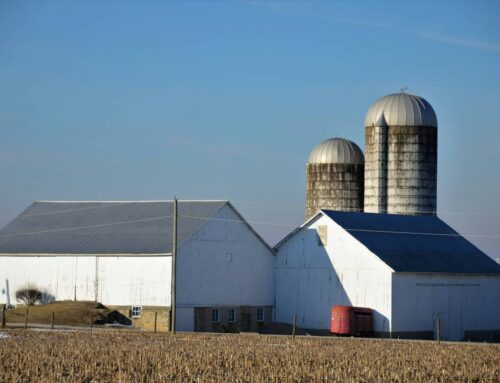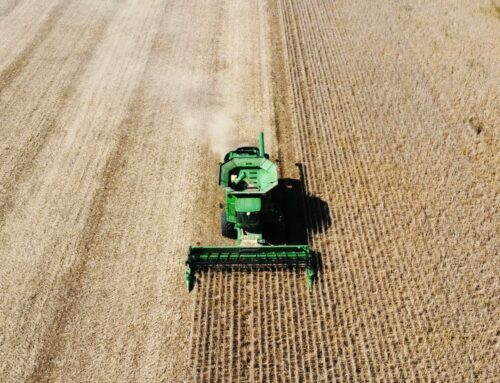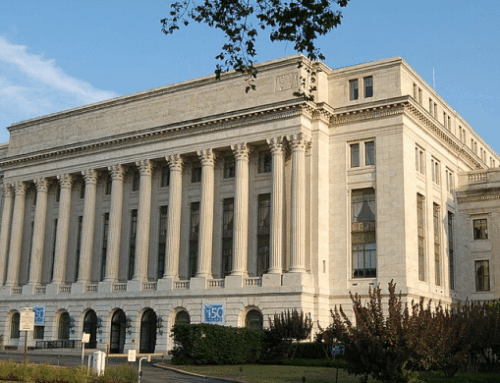View/Download this article in PDF format.
Just the FACTS…
… about the FARM BILL and spending on crop insurance and disaster aid
The 2014 FARM BILL layers subsidies onto huge agribusiness in the form of shallow loss entitlements, subsidized crop insurance, government-set target prices, marketing loans, as well as permanent disaster programs. The combination of these programs means taxpayers will likely spend more in spite of record-breaking profits of the agriculture industry, not less.
Fact: Federal spending on crop insurance nearly quadrupled from 2003 to 2012, 1 more than making up for any variation in disaster payments from year to year.
Fact: Crop insurance subsidies are on auto-pilot and have no payment caps, meaning costs will continue to rise as more crops are added to the program and participation rates increase.
Fact: Even in relatively good growing years with record net income (such as 2010 and 2011), total government farm subsidies ranged between $17 billion and $20 billion per year, respectively.
Fact: From 2003 to 2012, farm subsidy costs (including commodity, and conservation programs, and disaster payments) fell by only 38 percent while expenditures on crop insurance quadrupled and national farm profits nearly doubled.
Fact: National farm profits remain at high levels, coming off another record year in 2013 of $131 billion. Even as the agriculture sector reaps record profits, taxpayers are shelling out even more subsidies to one of the most successful sectors of our economy.
Our Take: Wasteful spending on unlimited crop insurance subsidies should be reined in by allowing agricultural producers to assume more of their own business risks and better utilize private sector risk management options. In the end, less burden would be placed on taxpayers.










